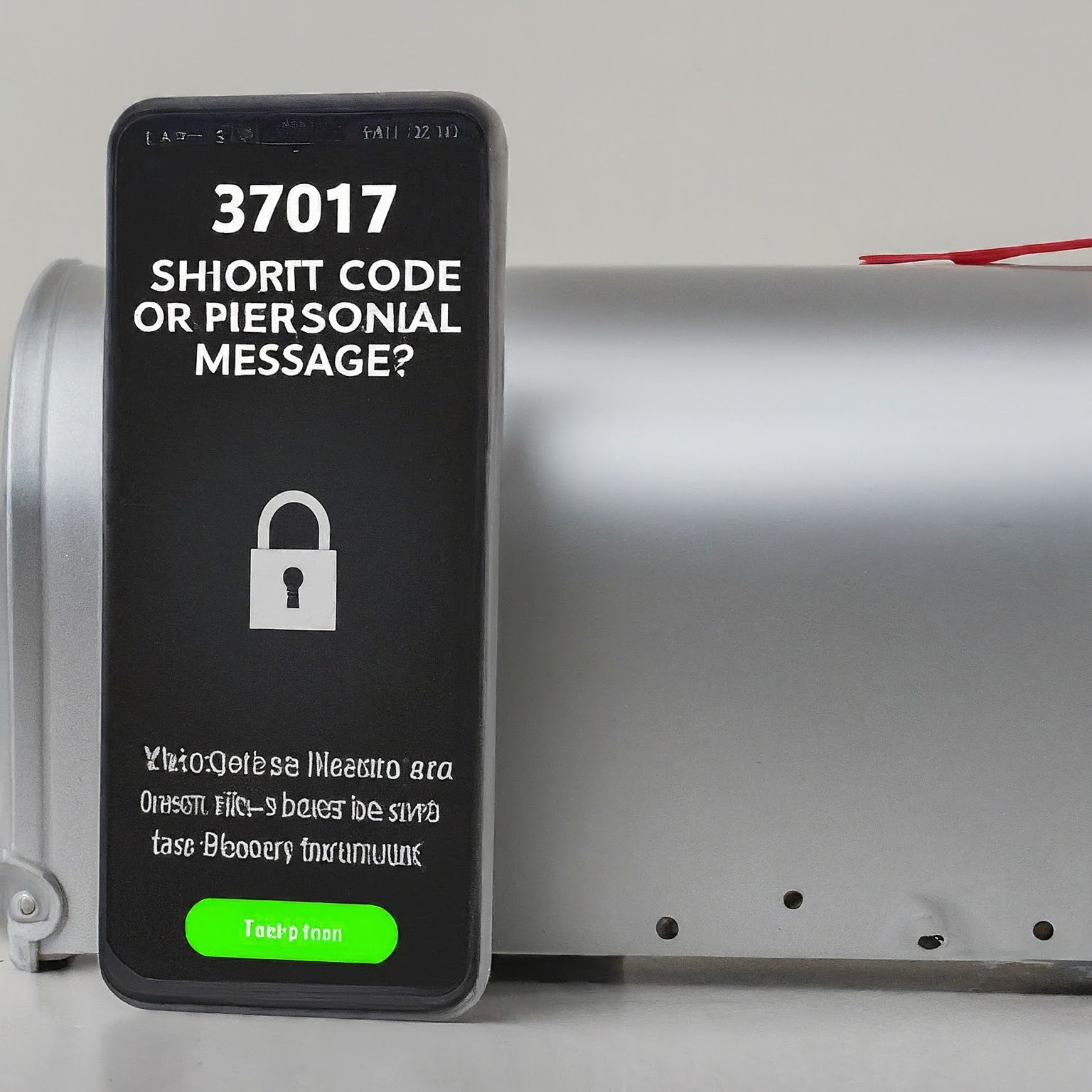If you have received a text message from the 5-digit short code 37017, you are receiving an authorized automated alert from a business or organization that you previously provided consent to. This number is used for sending texts at scale, often for financial, security, or promotional purposes.
The good news is that the 37017 short code is generally considered legitimate and is not a known source of premium rate scams. However, the exact company using the code can vary, and you should always verify the sender before taking action.
This guide will explain the likely source of the 37017 text message, detail the types of messages it sends, and provide the simple, necessary steps to opt out.

-
Who is Behind the 37017 Text Message?
Short codes are categorized as either Dedicated (leased by one company) or Shared (leased by a platform and used by many companies). Based on usage patterns, the 37017 short code appears to be used for transactional and security-sensitive alerts by various organizations.
Likely Senders and Message Types:
| Sender Category | Common Types of Messages | Key Purpose |
| Financial Services | Fraud alerts, unusual transaction confirmations, low balance warnings. | Account security and client notification. (e.g., Canadian banks like RBC use similar codes for alerts). |
| Verification/Authentication | One-Time Passcodes (OTP), password reset codes (2FA). | Identity verification for online logins. |
| Promotional/Marketing | Promotional offers, contest notifications, or event reminders. | High-volume marketing campaigns. |
| Global Context | In international directories, similar codes are sometimes linked to mobile service providers in countries like Nicaragua. | Note: If you are in the U.S. or Canada, the message is most likely from a service you use domestically. |
The Best Clue: The text message you received should adhere to industry guidelines and clearly name the company sending the message (e.g., “ALERT: Your Bank Transaction,” or “PROMO: Text us for 20% off”). If the text lacks a company name, you should exercise greater caution.
-
Is the 37017 Text Message a Scam?
The 37017 short code itself is legitimate and approved by wireless carriers. This means the infrastructure sending the message is compliant and not inherently malicious.
However, modern scammers often use “spoofing” technology to make their phishing messages appear to come from a legitimate number or short code.
Red Flags for a Phishing Scam:
- Links and Requests for Data: A legitimate alert (especially financial 2FA) will never ask you to click a link to input your password, PIN, or full account number.
- Sense of Urgency: Be wary if the message pressures you to act immediately (e.g., “Your account has been suspended! Click NOW”).
- Unexpected Context: If the text is about a service you don’t use or a contest you never entered, it is a phishing attempt.
Action: If you see any of these red flags, do not reply or click the link. Instead, go directly to the company’s official website or app to check your account status.
- How to Stop Messages from 37017
If the text message is marketing or promotional and you want it to stop, the solution is simple and required by law.
The Direct Opt-Out Step
- Open the Message: Find a recent text message from 37017.
- Reply Directly: Text the word STOP to 37017.
- Confirmation: The sender is required to send you a single, final automated message confirming your removal from the list.
What if I need to keep the security alerts?
If the 37017 short code is sending you essential fraud or security alerts (transactional messages), do not reply STOP. You must instead go to the official website or app of that company (e.g., your bank’s website) and manually adjust your notification settings.
Frequently Asked Questions (FAQ)
What if replying STOP doesn’t work?
If you reply STOP and continue to receive promotional messages, you should take the following actions:
- Forward the Scam: Forward the unwanted text message to the national spam reporting code: 7726 (which spells SPAM). Your mobile carrier will investigate the source.
- Block the Sender: Use your device’s built-in block feature to suppress messages from 37017.
Why would a business use a short code like 37017?
Businesses use short codes for three key reasons:
- Speed: Short codes can send hundreds of messages per second, critical for mass alerts or time-sensitive 2FA codes.
- Reliability: Messages sent via approved short codes are heavily vetted by carriers and are less likely to be blocked as spam.
- Simplicity: Five-digit numbers are easier for customers to remember and type when opting in to a service.
Can I look up the specific company that owns the 37017 short code?
You can attempt to look up the short code on the U.S. Short Code Registry website. However, some short codes are leased by message aggregators, meaning the registry will only show the platform provider (not the end-client). The easiest way is to re-read the message content for the company name.


